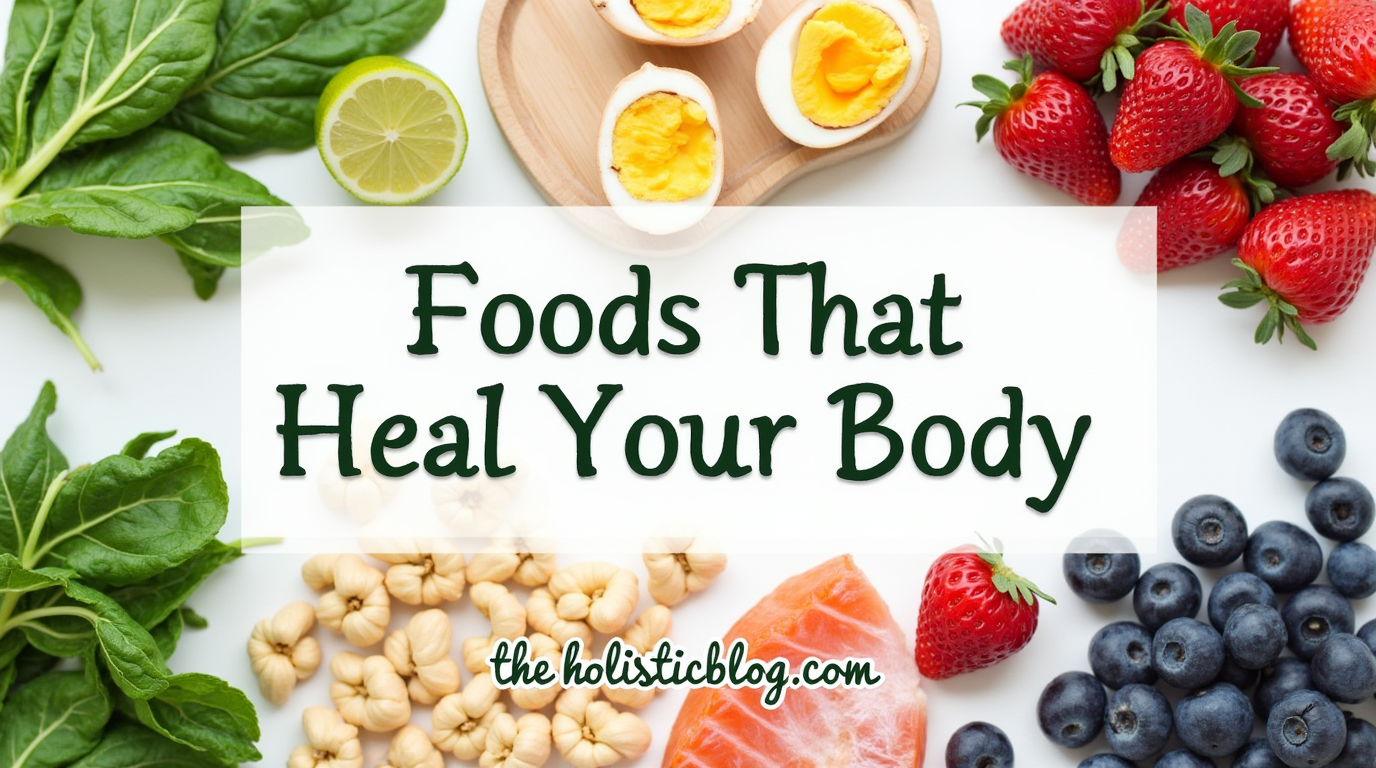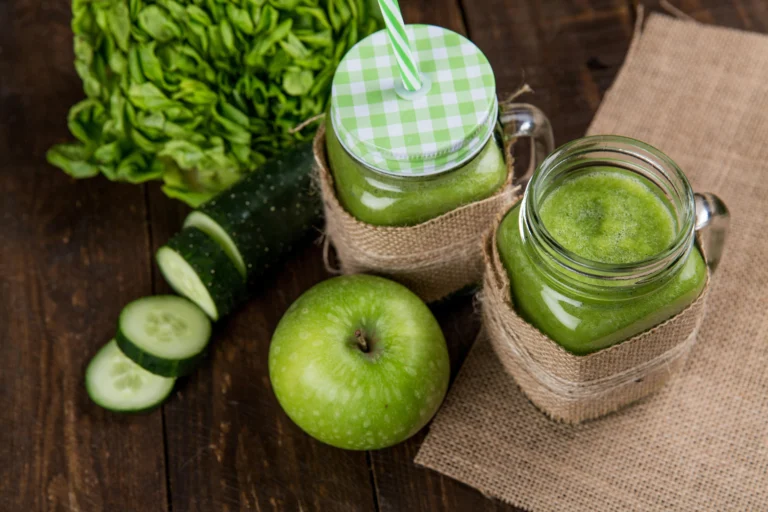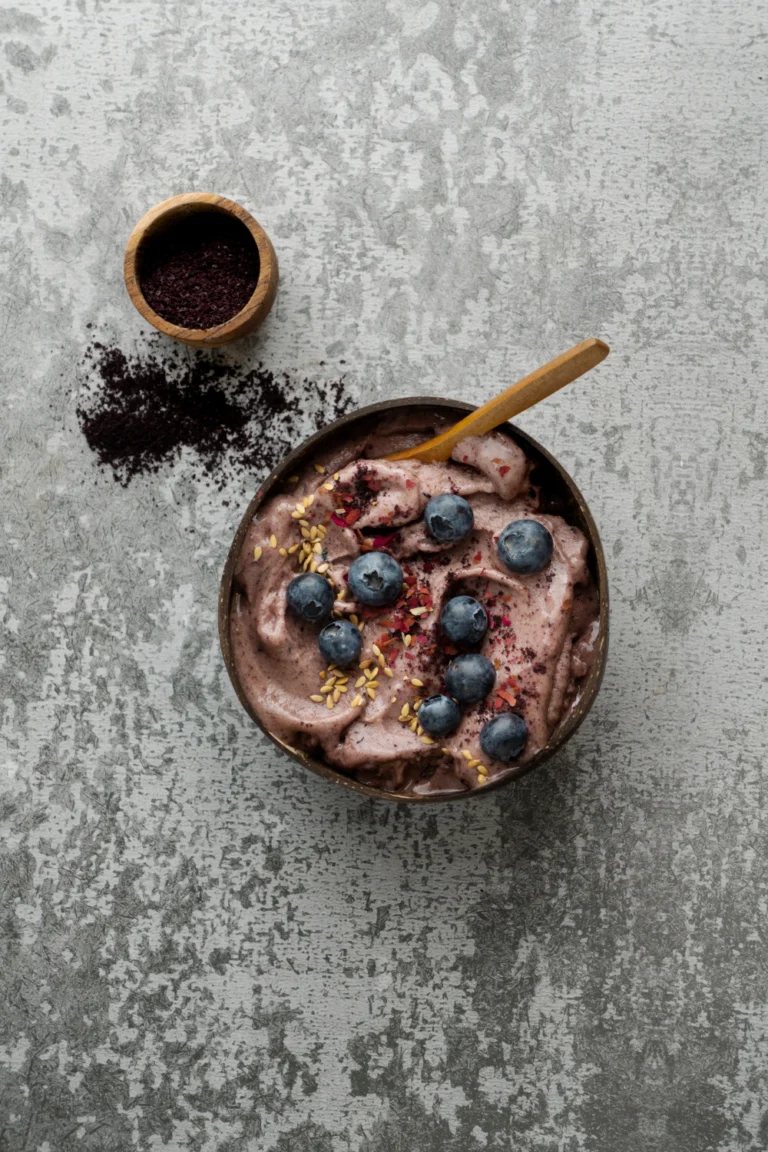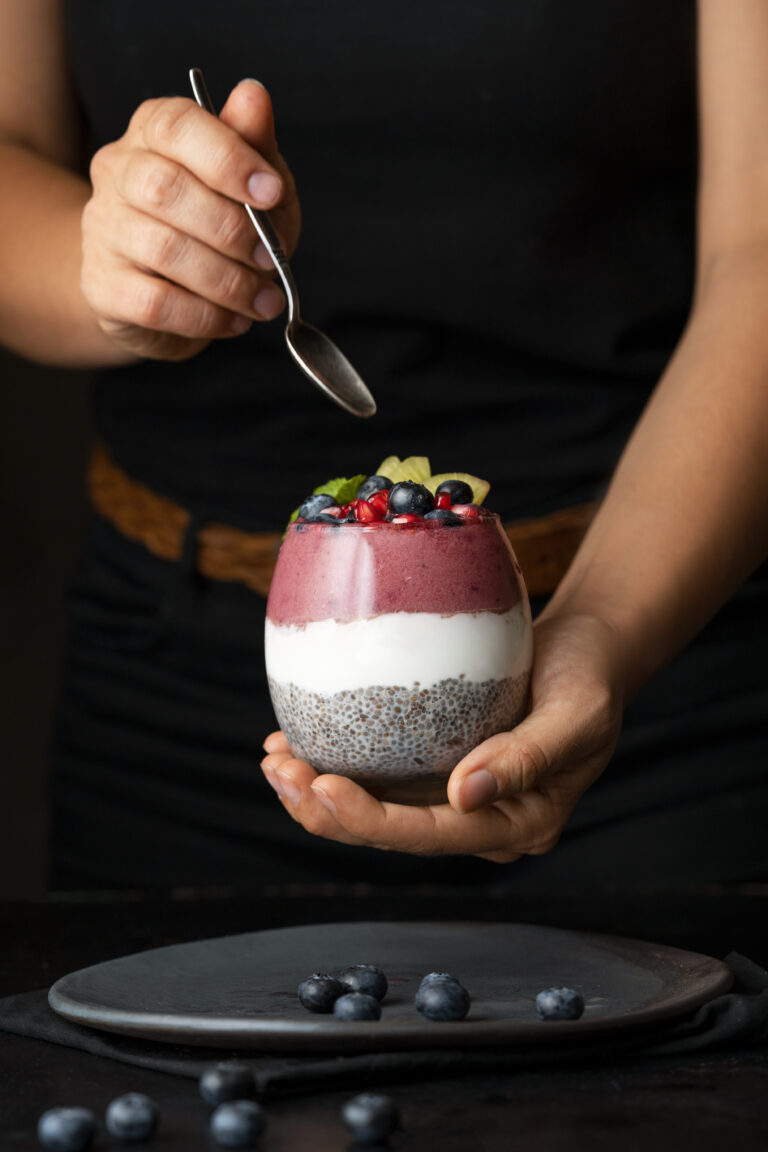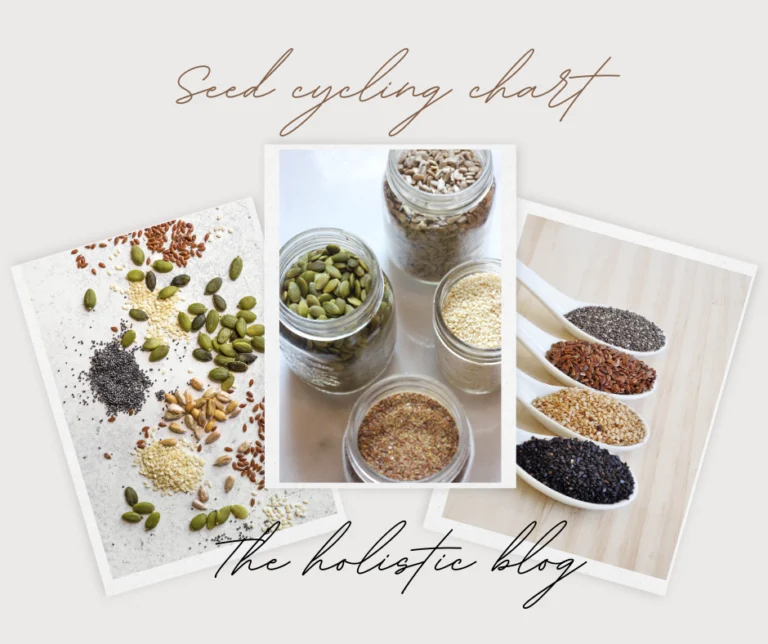Healing Your Body with Food: 10 of the Best Foods
Table of Contents
Have you ever stood before the mirror, feeling drained despite adequate sleep? Or perhaps you’ve battled persistent health issues that medication alone couldn’t resolve? The solution might be closer than you think—right on your plate. The ancient wisdom that food serves as medicine has gained solid scientific backing in recent years, revealing how powerfully nutrition influences our cellular health. Healing your body with food isn’t merely a wellness catchphrase—it’s a practical, accessible approach to reclaiming vitality and addressing the root causes of many health concerns.
When you choose to nourish rather than simply feed your body, remarkable changes begin taking place at the microscopic level. Each bite delivers information, not just calories, speaking directly to your genes and cellular processes. This guide explores how specific foods can target different bodily systems, addressing everything from persistent inflammation to digestive disturbances and beyond.
Understanding How Food Heals: The Science Behind Nutritional Therapy
The Body’s Remarkable Self-Healing Mechanisms
Your body operates as an intricate self-healing organism, constantly working to maintain balance despite environmental challenges. When you cut your finger, you don’t need to consciously direct blood clotting or skin regeneration—your body orchestrates these processes automatically. This same healing intelligence operates throughout your systems, requiring only the right nutritional building blocks to function optimally.
Micronutrients—vitamins, minerals, and phytonutrients—serve as critical cofactors in thousands of biochemical reactions that drive repair and regeneration. When these nutrients are lacking, healing processes slow or become compromised. Conversely, when you flood your system with nutrient-dense foods, you provide your body with precisely what it needs to restore balance.
True healing requires both eliminating harmful inputs (like inflammatory foods) and supplying beneficial ones. This dual approach accelerates your body’s innate recovery mechanisms.
Food as Information: Beyond Calories and Macronutrients
The conventional view of food as merely fuel—providing calories, proteins, fats, and carbohydrates—drastically underestimates its complexity. Modern nutritional science reveals that compounds in food directly influence gene expression through a process called nutrigenomics. Essentially, what you eat can turn certain genes on or off, affecting everything from inflammatory responses to detoxification pathways.
Bioactive compounds in colorful fruits and vegetables, for instance, trigger antioxidant and anti-inflammatory genes, while processed foods containing artificial ingredients may activate genes associated with inflammation and metabolic disruption. This explains why healing your body with food involves not just counting calories but considering the quality and informational content of everything you consume.
Common Signs Your Body Needs Nutritional Healing
Your body communicates its nutritional needs through various signals that are easy to misinterpret as “normal aging” or “just stress.” Recognizing these communications can help you address deficiencies before they develop into more serious conditions:
- Persistent fatigue that doesn’t improve with sleep
- Digestive issues like bloating, constipation, or diarrhea
- Skin problems including acne, eczema, or premature aging
- Frequent colds, infections, or slow wound healing
- Mood swings, anxiety, or difficulty concentrating
- Joint pain and morning stiffness
- Disrupted sleep patterns despite feeling tired
These symptoms often represent the body’s call for specific nutrients or the elimination of inflammatory triggers, making them valuable guides on your journey toward healing your body with food.
Healing Your Body with Food: The Foundation Principles
Anti-Inflammatory Eating
Chronic, low-grade inflammation underlies nearly all modern diseases, from heart disease and diabetes to autoimmune conditions and even certain cancers. This type of inflammation doesn’t present with obvious redness or swelling—it smolders beneath the surface, gradually damaging tissues and disrupting normal function.
Foods with powerful anti-inflammatory properties include:
- Fatty fish rich in omega-3s (salmon, sardines, mackerel)
- Colorful berries containing anthocyanins
- Dark leafy greens packed with antioxidants
- Turmeric, ginger, and other anti-inflammatory spices
- Extra virgin olive oil with its oleocanthal compounds
Equally important is reducing pro-inflammatory foods like refined sugars, industrial seed oils, processed meats, and refined carbohydrates. These foods trigger inflammatory cascades that can overwhelm your body’s natural anti-inflammatory mechanisms.
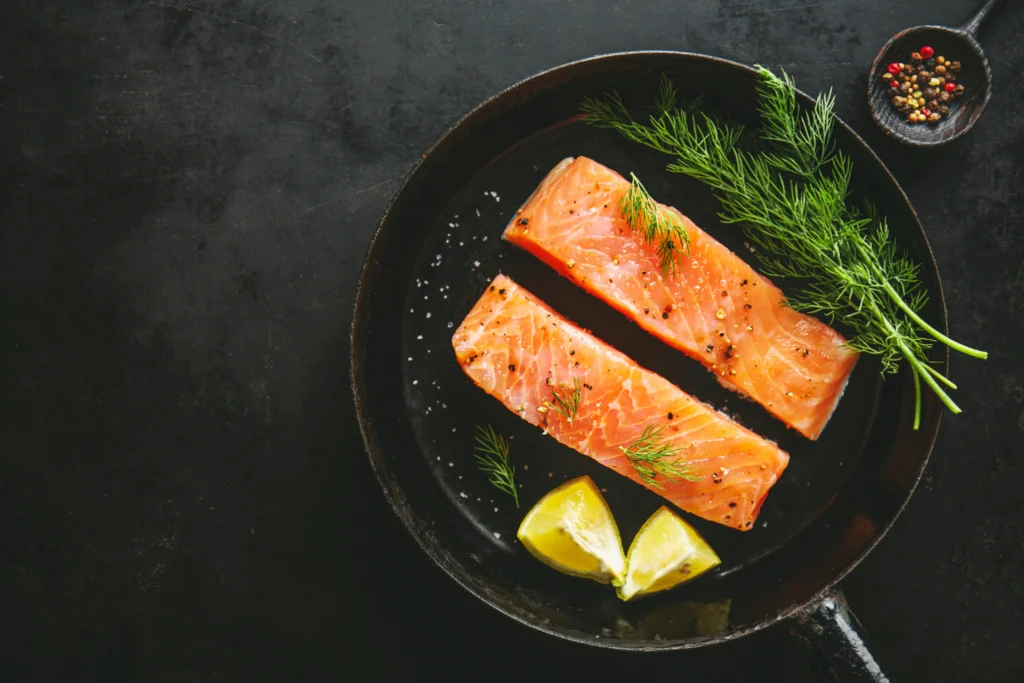
Gut Health Restoration
Your digestive tract houses roughly 70% of your immune system and communicates directly with your brain and endocrine system. When gut health suffers, the effects reverberate throughout your entire body, manifesting as seemingly unrelated symptoms like joint pain, skin issues, or mood changes.
Healing your body with food means prioritizing gut health through:
- Probiotic-rich fermented foods like sauerkraut, kimchi, and yogurt
- Diverse fiber sources that feed beneficial bacteria
- Bone broth containing gut-healing amino acids like glycine and proline
- Prebiotic foods that nourish your microbiome (garlic, onions, leeks)
- Identifying and removing food sensitivities that trigger intestinal inflammation
Many people discover that addressing gut health becomes the foundation upon which other aspects of healing are built.
Detoxification Support
While your body has sophisticated detoxification systems centered primarily in the liver, these pathways can become overwhelmed by modern environmental exposures. Supporting natural detoxification doesn’t require extreme measures or costly cleanses—simply incorporating specific foods can enhance these processes.
Focus on foods that support Phase I and Phase II liver detoxification:
- Cruciferous vegetables like broccoli, cauliflower, and Brussels sprouts
- Sulfur-rich foods including garlic, onions, and eggs
- Antioxidant-rich berries and citrus fruits
- Green tea with its catechin compounds
- Herbs like milk thistle, dandelion, and cilantro
Remember that hydration plays a crucial role in elimination, so adequate water intake becomes an essential component of healing your body with food.
Healing Foods for Specific Body Systems
Digestive System Repair
Beyond general gut health principles, specific digestive issues may require targeted nutritional approaches. For example, inflammatory bowel conditions often respond well to easily digestible, anti-inflammatory foods like well-cooked vegetables, bone broth, and omega-3 rich foods while avoiding common triggers like gluten, dairy, and processed foods.
Bitter foods and herbs stimulate digestive secretions, improving breakdown and absorption of nutrients. Try incorporating dandelion greens, arugula, or a small amount of apple cider vinegar before meals to enhance digestion naturally.
Cardiovascular Support
Heart health relies heavily on dietary choices, with numerous studies confirming that food can significantly impact cholesterol levels, blood pressure, and vascular integrity. Rather than focusing on low-fat approaches, modern cardiovascular nutrition emphasizes:
- Healthy fats from olive oil, avocados, and fatty fish
- Fiber-rich legumes, vegetables, and whole grains
- Nitric oxide-boosting foods like beets and dark leafy greens
- Antioxidant-rich berries, dark chocolate, and tea
- Limited refined carbohydrates and sugars that contribute to triglyceride elevation
These nutritional strategies support heart function while addressing underlying factors like inflammation and oxidative stress.
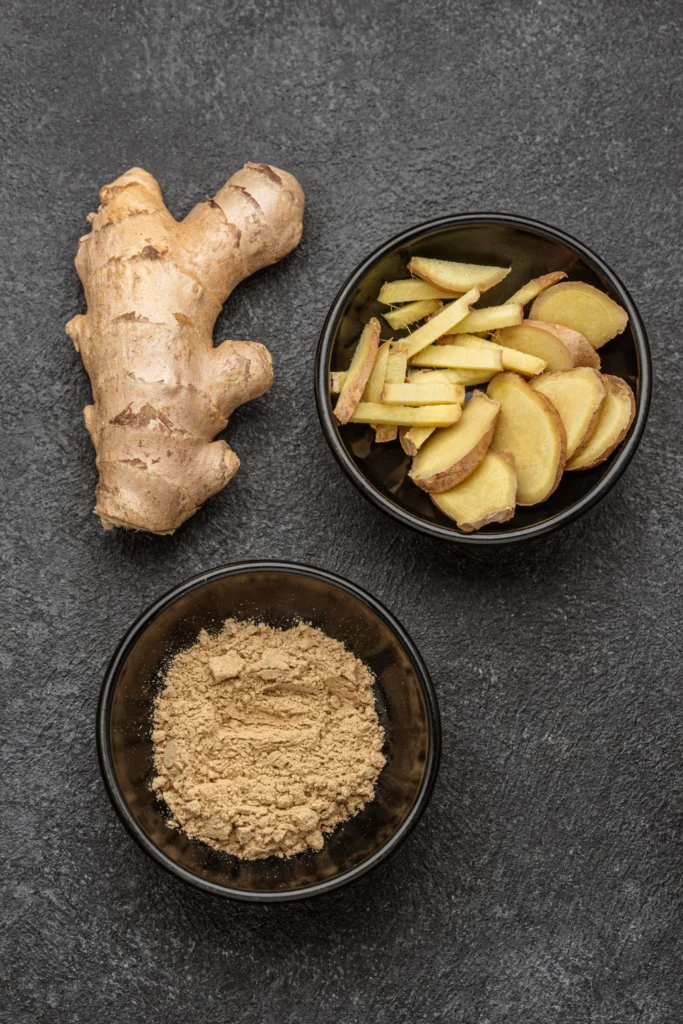
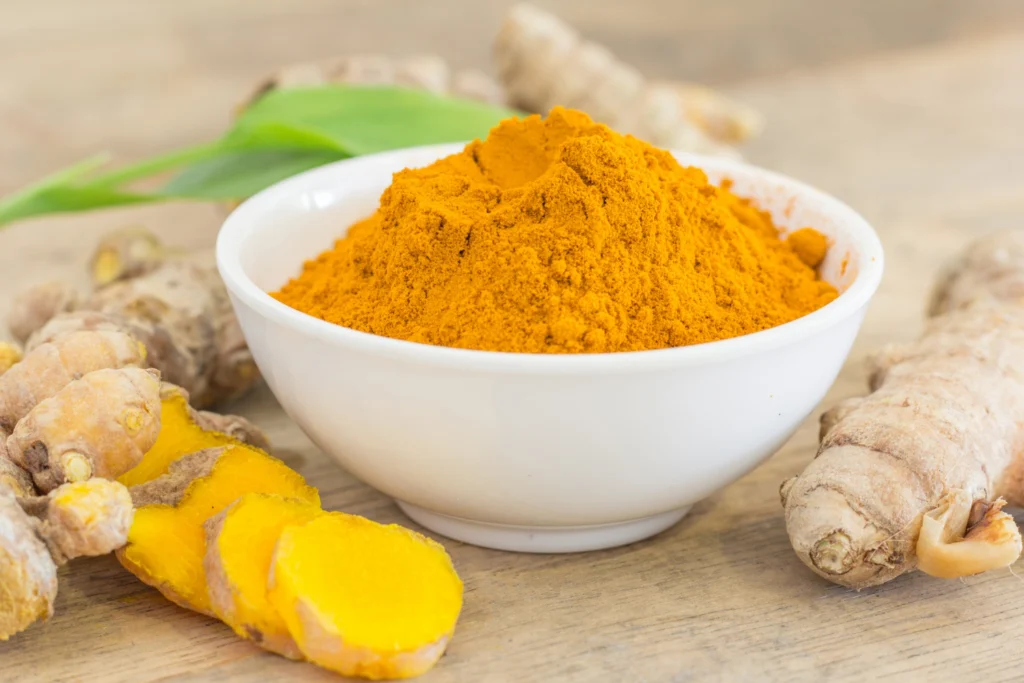
Immune System Strengthening
Your immune system requires specific nutrients to function optimally, especially during periods of increased stress or exposure to pathogens. Key immune-supporting foods include:
- Vitamin C-rich foods like bell peppers, citrus fruits, and berries
- Zinc-containing foods such as pumpkin seeds, oysters, and grass-fed beef
- Vitamin D sources including fatty fish, egg yolks, and sun exposure
- Antimicrobial herbs and spices like garlic, oregano, and thyme
- Foods rich in vitamin A and beta-carotene (sweet potatoes, carrots, spinach)
Healing Food Preparation Methods
Cooking for Maximum Nutrient Preservation
How you prepare food significantly impacts its healing potential. While raw foods preserve certain enzymes and heat-sensitive vitamins, some nutrients actually become more bioavailable through cooking. For instance, lycopene in tomatoes increases with heating, while certain vegetables release more antioxidants when lightly steamed.
Traditional food preparation methods often enhance digestibility and nutrient absorption:
- Soaking nuts, seeds, and legumes to reduce enzyme inhibitors and phytic acid
- Cooking with herbs and spices that both enhance flavor and add medicinal compounds
- Using lower temperatures and moisture-based cooking methods for animal proteins
- Incorporating healthy fats when preparing vegetables to improve absorption of fat-soluble vitamins
The Power of Fermentation and Sprouting
These ancestral food preparation techniques transform ordinary foods into nutritional powerhouses. Fermentation not only creates beneficial probiotics but also increases vitamin content, breaks down anti-nutrients, and makes minerals more absorbable. Similarly, sprouting seeds, grains, and legumes dramatically increases their nutrient density while reducing compounds that can interfere with digestion.
Healing Recipes to Transform Your Health
Anti-Inflammatory Basic Broth
| Ingredient | Amount | Health Benefits |
| Chicken bones or beef bones | 2-3 pounds | Collagen, amino acids, minerals |
| Carrots | 2 medium | Vitamin A, antioxidants |
| Celery | 3 stalks | Natural sodium, anti-inflammatory |
| Onion | 1 large | Quercetin, sulfur compounds |
| Garlic | 4 cloves | Allicin, antimicrobial properties |
| Apple cider vinegar | 2 tablespoons | Helps extract minerals from bones |
| Fresh herbs (parsley, thyme) | 1 handful | Chlorophyll, micronutrients |
| Filtered water | 4 quarts | Hydration medium |
This foundational healing broth can be sipped daily, used as a cooking medium for grains and vegetables, or served as the base for countless soups. The long, slow cooking extracts minerals from the bones while the vegetables and herbs contribute additional healing compounds. Make large batches and freeze portions for convenient access to this healing food.
Gut-Healing Breakfast Bowl
| Ingredient | Amount | Health Benefits |
| Full-fat Greek yogurt | 1 cup | Probiotics, protein, calcium |
| Ground flaxseeds | 2 tablespoons | Omega-3 fatty acids, lignans |
| Blueberries | 1/2 cup | Anthocyanins, antioxidants |
| Walnuts | 1/4 cup | ALA omega-3s, polyphenols |
| Raw honey | 1 teaspoon | Enzymes, antimicrobial properties |
| Cinnamon | 1/2 teaspoon | Blood sugar regulation, anti-inflammatory |
This simple breakfast combines probiotic benefits with anti-inflammatory compounds and gut-soothing ingredients. The protein and healthy fats provide satiety while supporting steady blood sugar levels throughout the morning.
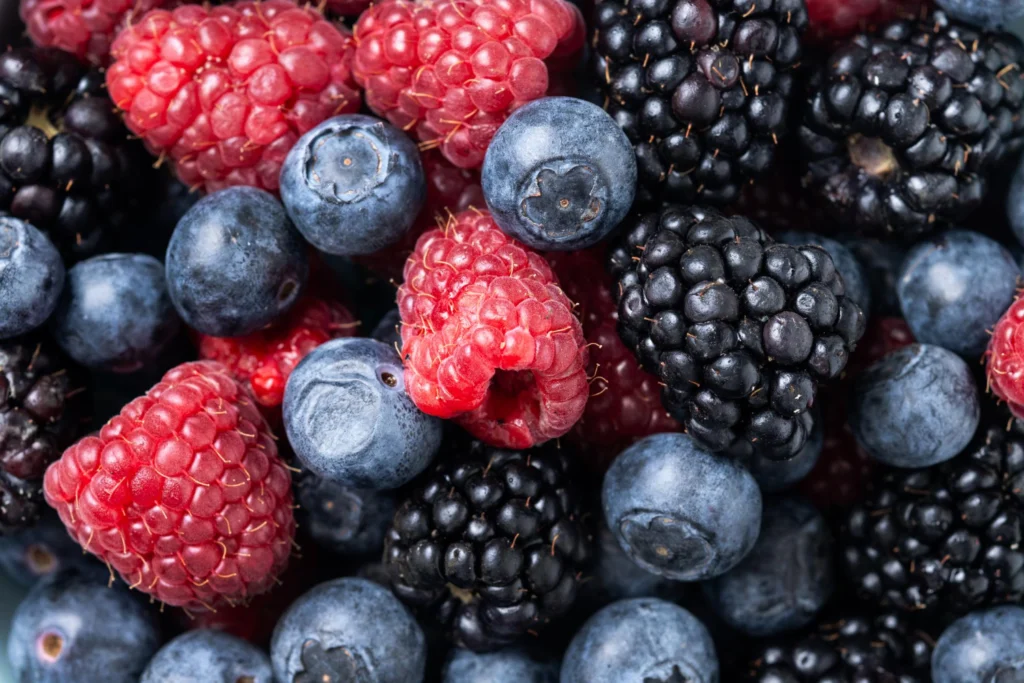
Creating Your Personalized Healing Food Plan
Healing your body with food isn’t about following generic recommendations—it’s about discovering what works specifically for your unique biochemistry. Pay attention to how different foods affect your energy, digestion, mood, and overall well-being. Keep a food journal noting connections between what you eat and how you feel.
Start with small, sustainable changes rather than drastic dietary overhauls. Perhaps begin by adding one fermented food daily, increasing vegetable intake, or swapping refined oils for healthier alternatives. These incremental shifts prevent overwhelming your taste buds or lifestyle while still delivering meaningful health improvements.
Frequently Asked Questions About Healing Your Body with Food
How long does it take to start healing your body with food?
While some digestive improvements might appear within days, deeper healing typically unfolds over months. Many people notice increased energy and improved sleep within 2-3 weeks of consistent nutritional improvements. However, addressing chronic conditions through food therapy generally requires 3-6 months of dedicated effort, with some regenerative processes continuing for years. Healing your body with food works progressively, with each nourishing meal building upon previous efforts.
Can healing your body with food replace conventional medical treatment?
Food makes powerful medicine, but it’s best viewed as complementary to appropriate medical care rather than a replacement. Certain conditions require medication, surgery, or other interventions alongside nutritional therapy. The most effective approach combines the disease-management strengths of conventional medicine with the root-cause focus of nutritional healing. Always discuss significant dietary changes with your healthcare provider, especially if you’re managing chronic conditions or taking medications.
Is it expensive to focus on healing your body with food?
Quality food can require greater initial investment, but consider this perspective: healing your body with food often reduces long-term healthcare costs, medication expenses, and lost productivity due to illness. Many healing foods are surprisingly economical—dried beans, seasonal vegetables, and homemade broths offer tremendous nutritional value at minimal cost. Focus first on eliminating costly processed foods and redirecting those funds toward higher-quality whole foods.
Conclusion: Your Healing Journey Through Food
Healing your body with food represents one of the most profound yet accessible paths to reclaiming your health. Unlike many medical interventions, nutrition puts you in control, allowing daily choices that accumulate into transformative healing. Each meal becomes an opportunity to deliver exactly what your body needs for repair, regeneration, and optimal function.
Remember that healing doesn’t follow a linear path—some days bring noticeable improvements while others might seem like setbacks. Trust the process and recognize that your body responds to consistent nourishment over time, gradually restoring balance and function where imbalance once existed.
The journey of healing your body with food extends beyond physical benefits, often bringing greater mental clarity, emotional stability, and a deeper connection with your body’s wisdom. By listening to your unique responses and honoring your body’s signals, you discover not just what works for people generally, but what works specifically for you.
What small step will you take today toward healing your body with food? Perhaps adding an extra serving of colorful vegetables, trying a new fermented food, or preparing a batch of mineral-rich broth? Whatever you choose, know that each nourishing choice contributes to your body’s remarkable capacity for healing.

